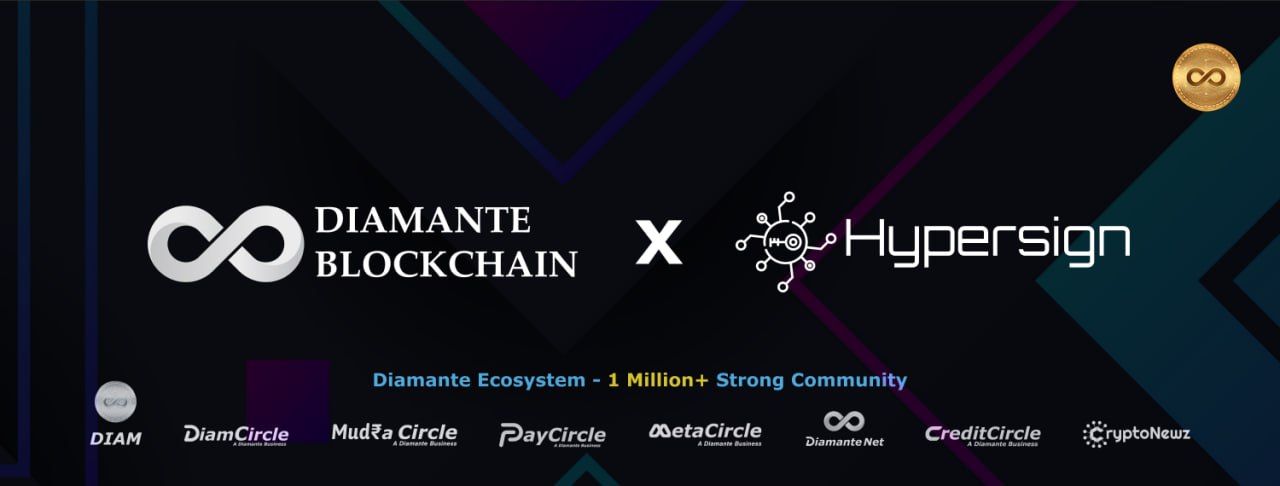
Co-Founder Gavin Wood Unveils Polkadot’s Vision
- Bridget Hubbard
- July 10, 2023
- news, Altcoin, Crypto
- Co-founder, Crypto, Polkadot, Vision
- 0 Comments
Dr. Gavin Wood announces plans to build a global supercomputer on Polkadot, aiming to create a decentralized network for seamless data sharing.
Key Points
- Dr. Gavin Wood announced plans to build a global supercomputer on Polkadot at the recent Polkadot Decoded conference.
- Polkadot aims to create a decentralized network for seamless data sharing and connectivity between blockchains and networks.
- Polkadot’s distinctive architecture and emphasis on resources make it user-friendly for developers and resilient against corruption.
During the recent Polkadot Decoded conference, Dr Gavin Wood, the creator of Polkadot, made an exciting announcement about his ambitious plan to build a global supercomputer on the Polkadot network. He emphasized the potential of Polkadot and outlined its key features.
Polkadot founder Gavin Wood proposed a Polkadot 2.0 solution in new speech, abandoning the lease period and slot model, and treating Polkadot as some “cores” , core time will be divided into bulk purchases and instant purchases, using Polkadot core cost will be determined…
— Wu Blockchain (@WuBlockchain) July 7, 2023
A Decentralized Network for Seamless Data Sharing
Dr Wood sees Polkadot as a worldwide supercomputer that addresses the scattered and incompatible nature of the current internet infrastructure. He envisions a decentralized network that enables seamless data sharing and connectivity between various blockchains and networks.
Polkadot aims to create a scalable and interoperable platform that unites specialized blockchains into one cohesive network. According to Dr Wood, this platform will enable different blockchains to communicate and share information, essentially creating a global supercomputer.https://youtu.be/GIB1WeVuJD0
Distinctive Architecture and Emphasis on Resources
Polkadot has several aspects that could make it a strong player in the market. Its distinctive architecture allows for the easy movement of data and assets across multiple blockchains. Unlike other platforms, Polkadot focuses on the underlying resources needed to communicate and interact between chains, making it more user-friendly for developers.
Polkadot is known for its resilience, which Dr Wood believes is a better description than simply being “unstoppable.” It can withstand attempts to interfere with its operations and ensures the network’s integrity. This resilience against corruption of purpose is a crucial feature of Polkadot.
Polkadot functions as a provider of highly resilient general-purpose computation. Similar to a modern multicore computer, Polkadot’s parachains (cores) run separately and simultaneously. Dr Wood plans to increase the number of cores from around 50 to 500 or even 1000, giving the network more computational power.
Flexible and All-Encompassing Computational Capabilities
Polkadot’s cores have characteristics similar to central processing units (CPUs), including bandwidth, compute power, and latency. Dr Wood envisions the possibility of directly executing smart contracts on Polkadot cores, highlighting the platform’s flexibility and computational capabilities beyond holding parachains.
Polkadot employs a relay chain and parachains structure to ensure excellent scalability and security. Parachains, which are separate chains connected to the primary relay chain, enable parallel processing and higher transaction throughput. This design allows Polkadot to handle many transactions simultaneously, making it suitable for enterprise-level applications..
Dr Gavin Wood’s revelation about Polkadot’s concept for a global supercomputer solidifies the platform’s reputation as a pioneer in the blockchain sector. With its unique architecture, scalability, and democratic governance approach, Polkadot has the potential to transform the internet and usher in a new era of frictionless communication and cooperation across blockchains and networks.





